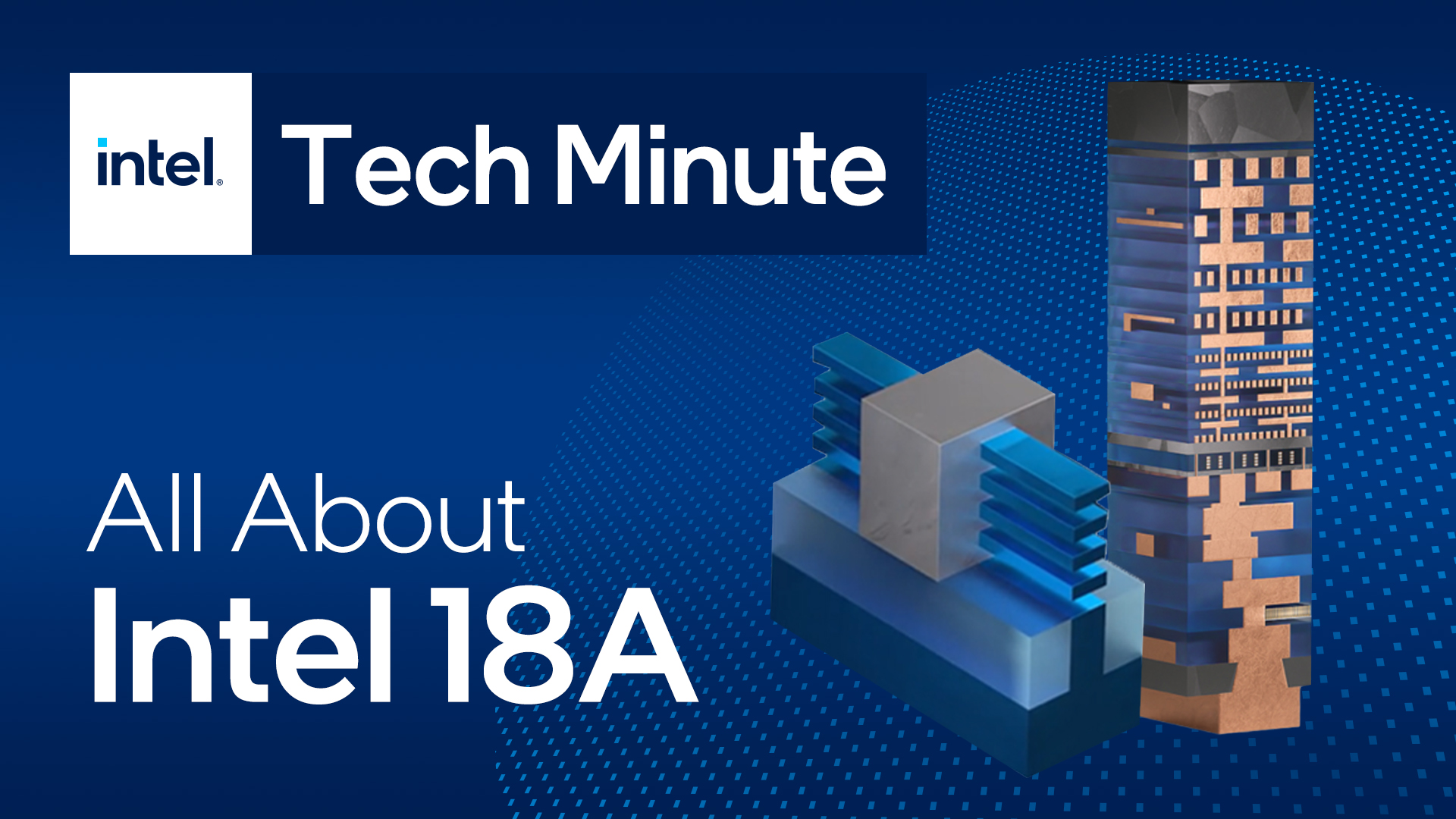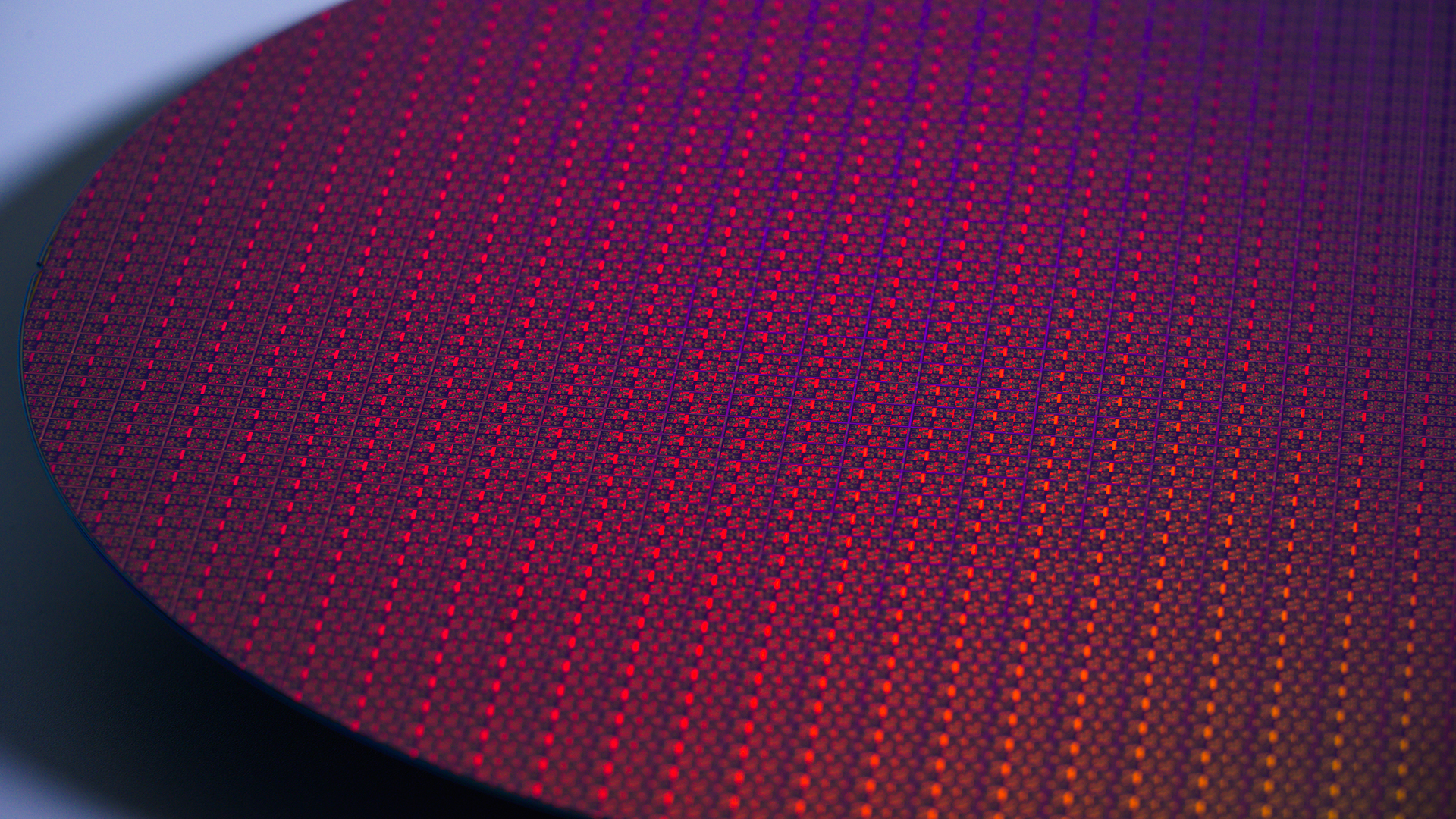What are Semiconductors?
Semiconductors are the foundation of modern technology. Discover how they work and how they’re made.
Let’s get right to it. The term semiconductor refers to a material that can be altered to conduct electrical current or block its passage. However, it more commonly refers to an integrated circuit (IC), or computer chip. The most common semiconductor material is silicon. Not surprisingly, silicon is also the main ingredient in computer chips.

As small as a fingernail, semiconductors are arguably the most complex products ever manufactured. A common chip is only about 1 millimeter thick and contains roughly 30 different layers of components and wires called interconnects that make up its complex circuitry. Billions of microscopic switches called transistors make semiconductors work.
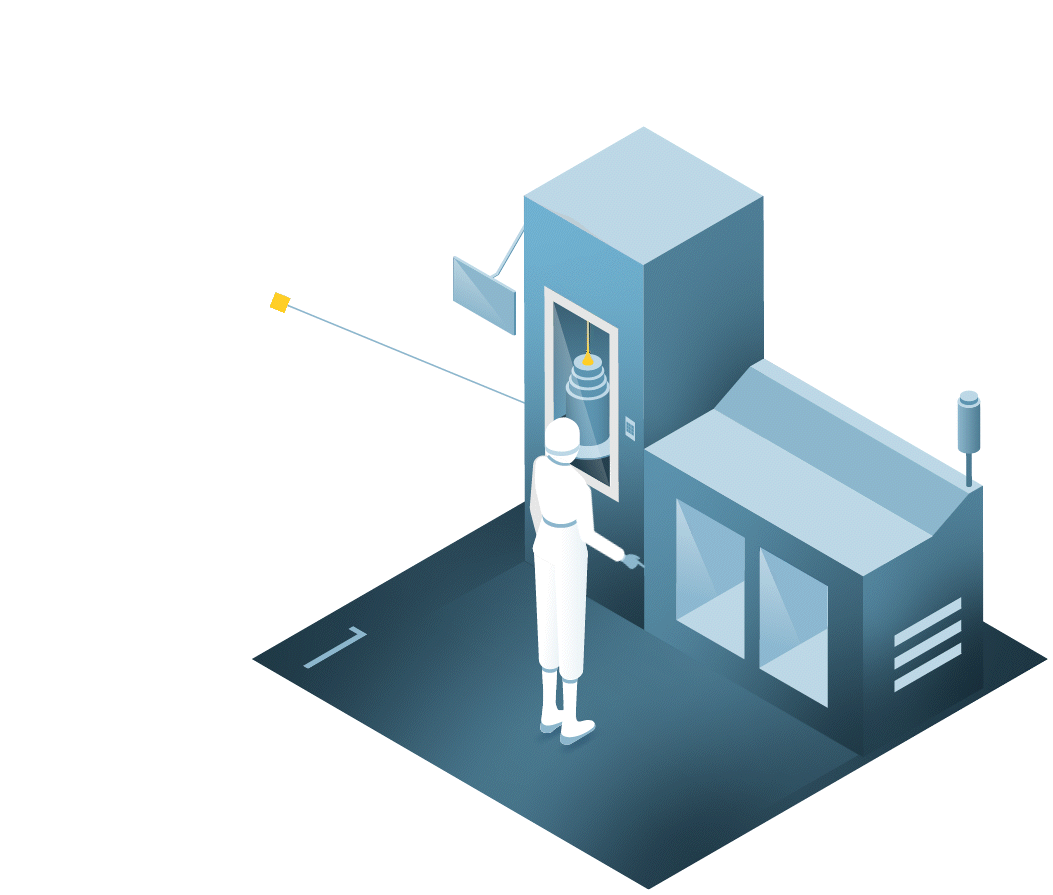
1. Mask operations
Engineers take digital blueprints and convert them into glass templates, called masks. They are used in fabrication photolithography, or “printing with light.” As the mask engineers finish each mask, they send them to fabrication factories — or fabs — to begin manufacturing.
What are masks?
Masks are templates used to print circuitry onto a silicon wafer. Mask engineers use computerized drawings from chip designers as blueprints. Those drawings are fed into machines that convert the data into an electronic beam that replicates the circuitry pattern onto 6-by-6 inch pieces of quartz just a quarter-inch thick. These quartz squares are called masks. It can take more than 50 masks to make all the layers of a chip.

2. Fabrication
Technicians wear bunny suits and use high-tech equipment in clean rooms to create layers of circuits and devices on silicon wafers. Each wafer will contain hundreds of chips. From here, the fab sends the finished wafers to die/sort prep facilities.
What is photolithography?
Silicon wafers are made from the silicon extracted from sand. Techs use photolithography machines to shine light through the masks to re-create patterns. A lens reduces the image and directs it onto a wafer’s surface. This is done repeatedly using a different mask for each layer of transistors and wire connections. Eventually the wafer will be imprinted with hundreds, or even thousands, of tiny individual chips.
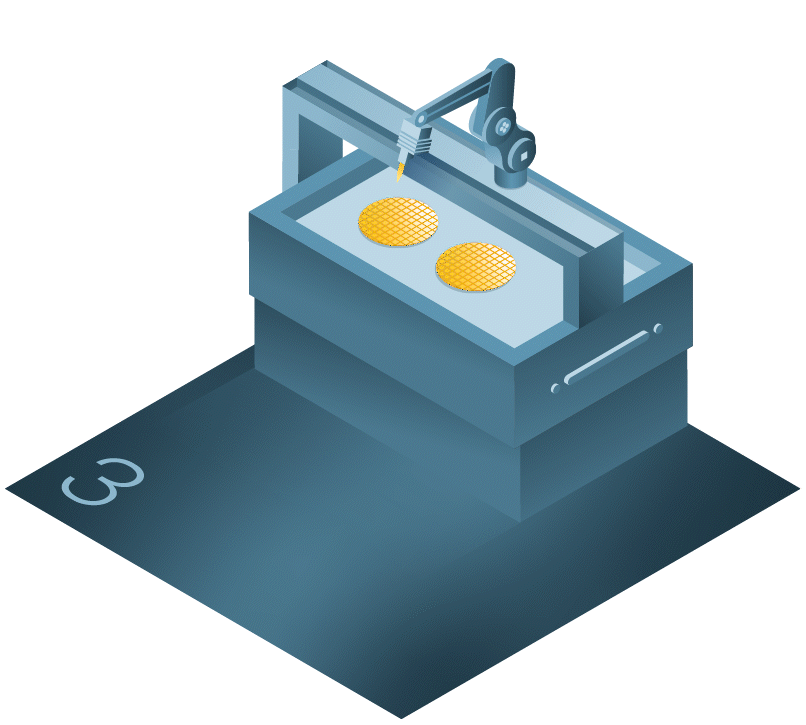
3. Die/sort prep
In these facilities, diamond saws cut the wafers into thousands of fingernail-size individual rectangles, each called a die or computer chip. Die and sort prep
machines cherry-pick the working chips and hand them off to another machine that places them onto reels. These are sent to assembly and test plants.

4. Assembly and test
Here, technicians take each die and test them one last time to make sure they’re healthy and good to go. If they pass, they’re mounted between a heat spreader and a substrate to form a sleek, enclosed package. The exterior package protects die from damage, heat and contaminants. Inside a computer, the package forms electrical connections between the chip and the circuit board.
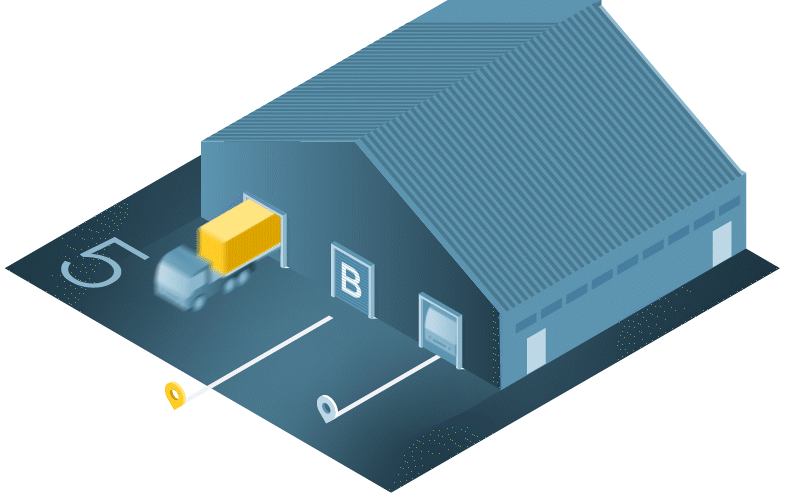
5. Finished goods warehouses/hubs
From here, logistics professionals may send chips directly to some customers, such as system manufacturers. Or they ship them to global distribution hubs. From these hubs, chips might be sent to original equipment manufacturers in trays or be boxed for retail sale.
Major processor architectures
There are many different kinds of semiconductors – each with its own specialty (and its own acronym). Familiarize yourself with various kinds of semiconductors and learn more about what they do.
FPGA
Field-programmable gate array; software-configurable circuits
What they do:
Often used in applications that need to change often, including acceleration, communications, circuit design.
GPU
Graphics processing unit
What they do:
Make images; accelerate highly parallel operations.
CPU
Central processing unit (the brain of the computer)
What they do:
Run the computer and all its programs.
ASIC
Application-specific integrated circuit
What they do:
One thing very quickly, including deep learning, encryption and network processing.
Semiconductors are everywhere
The average American adult spends more than 12 hours a day using electronics, such as computers, mobile devices, TVs and cars. Those devices are all powered by semiconductors, which improve our lives, increase productivity and drive economic growth.
Smart energy
A/C temp sensors
Efficient logistics systems
LED light bulbs
Monitoring systems
Security devices
Smart home systems
Solar panels
Computing
Computers/laptops
XPUs
Diodes
Microcontrollers
RF transmitters
Wireless HD video
Consumer/IoT
ATMs
Smoke detectors
Internet
Refrigerators
Coffee makers
Video games
Washing machines
![]()
Healthcare
Blood-pressure sensors
Hearing aids
MRIs
Pacemakers
Ultrasound modules
Wireless patient monitors
Transportation
Advanced driver-assistance systems
Diagnostic equipment
Mapping/Sensing
Navigation systems
Communications
Digital cameras
Radios
Scanners
Smartphones
Televisions
Watches/clocks
Intel’s global manufacturing footprint

Semiconductors are a worldwide business
$10-15B
The approximate cost to build a new semiconductor factory or “fab”
$574.1B
Global semiconductor industry sales in 2022
12K
The number of construction, high-tech and support jobs a semiconductor fab typically creates
4
American football fields; the equivalent clean room area in one typical semiconductor fab
Summary
- Semiconductors are the foundation of modern technology. They improve our lives, increase productivity and drive economic growth.
- There are many different kinds of semiconductors, each with its own specialty (and acronym).
- Semiconductors are probably the most complex products manufactured in the world. A common chip is only about 1 millimeter thick and contains roughly 30 different layers of components and wires called interconnects that make up its complex circuitry. Billions of microscopic switches called transistors make them work.
- Download this Tech 101
Ready to discover more?
The Intel Tech 101 series mixes visuals and descriptions to break down complex subjects and demystify the technology we use every day.


